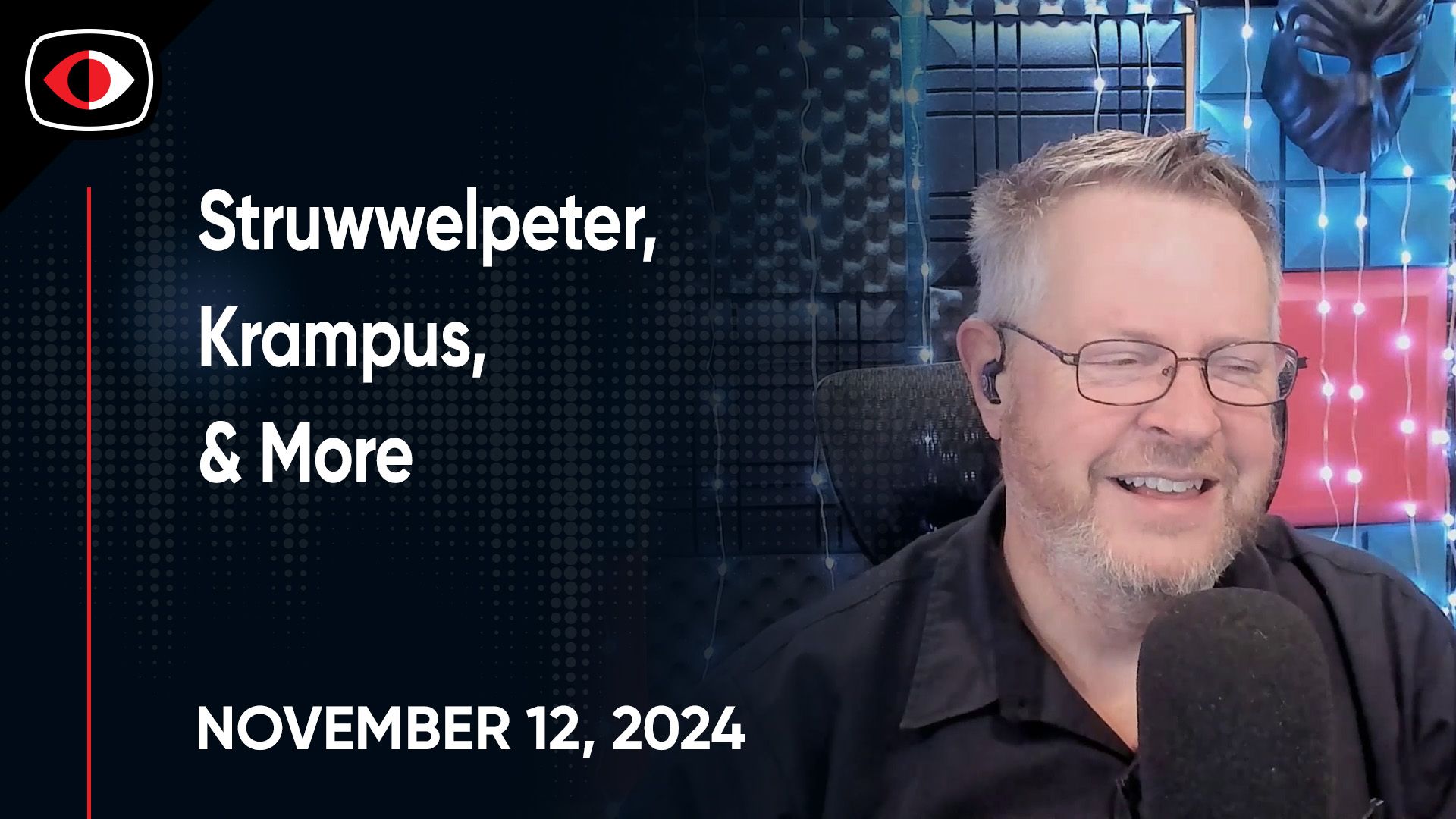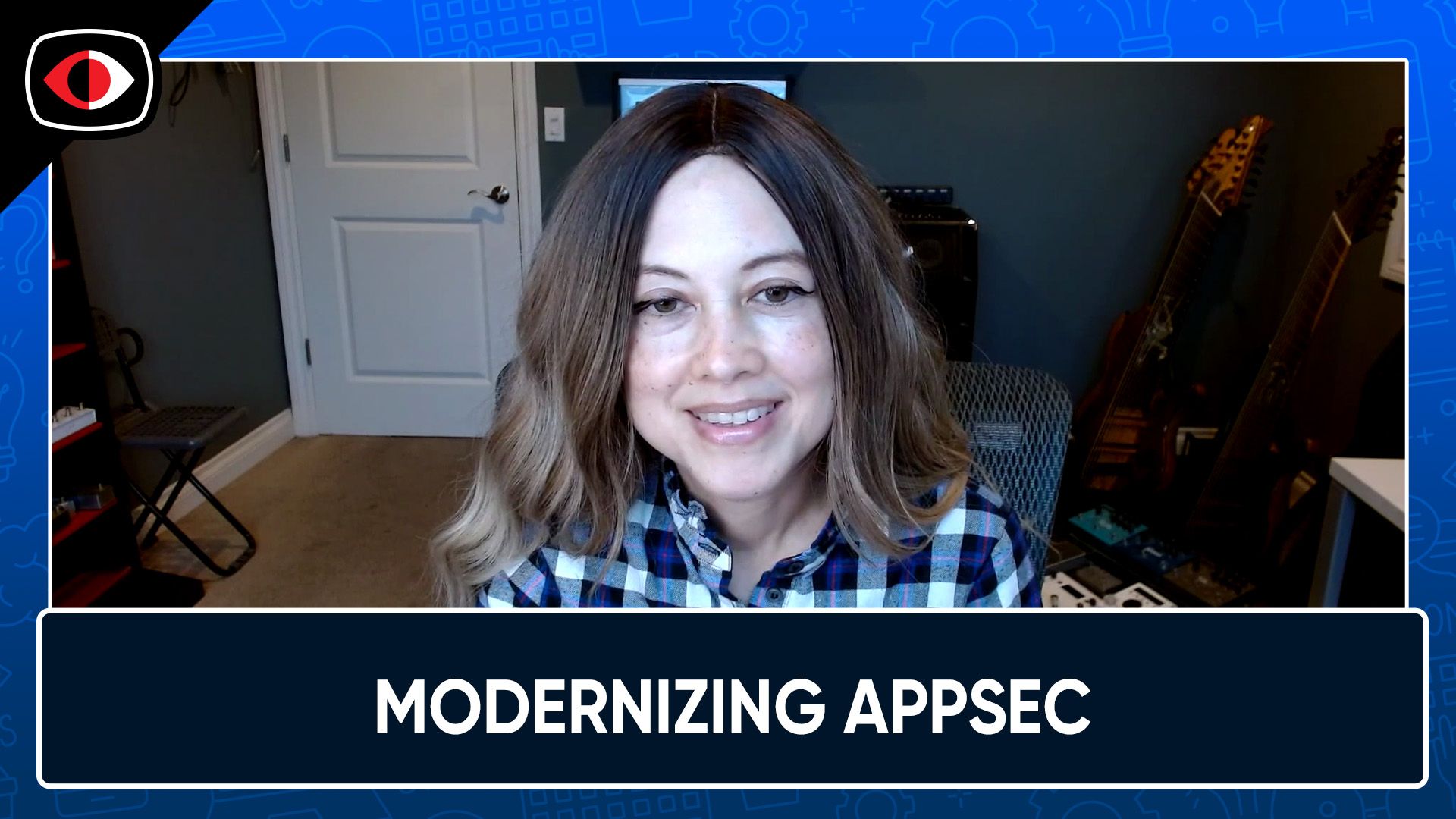Creating Code Security Through Better Visibility – Christien Rioux – ASW #273
Full Audio
View Show IndexSegments
1. Creating Code Security Through Better Visibility – Christien Rioux – ASW #273
We've been scanning code for decades. Sometimes scanning works well -- it finds meaningful flaws to fix. Sometimes it distracts us with false positives. Sometimes it burdens us with too many issues. We talk about finding a scanning strategy that works well and what the definition of "works well" should even be.
Segment Resources:
Announcements
Don’t let 3rd party risk ruin your Valentine’s Day! Join Adrian Sanabria and Bill Brenner on an SC Media webcast titled: Understanding third party risk by studying third party breaches. As listeners will know, Adrian loves exploring risk through our understanding of real breaches and incidents. They’ll discuss how to prepare for some of the most concerning third party risks you should be aware of, along with our partner for this webcast, ProcessUnity.
Visit securityweekly.com/ValentineRisk to register!
Guest
Christien Rioux, also known by his handle DilDog, is a Distinguished Engineer at Lacework and the co-founder and former chief scientist for the Burlington, Massachusetts based company Veracode, for which he is the main patent holder. Educated at MIT, Rioux was a computer security researcher at L0pht Heavy Industries and then at the company @stake (later bought by Symantec). While at @stake, he looked for security weaknesses in software and led the development of Smart Risk Analyzer (SRA). He co-authored the best-selling Windows password auditing tool @stake LC (L0phtCrack) and the AntiSniff network intrusion detection system.He is also a member of Cult of the Dead Cow and its Ninja Strike Force. Formerly, he was a member of L0pht.DilDog is best known as the author of the original code for Back Orifice 2000, an open source remote administration tool. He is also well known as the author of “The Tao of Windows Buffer Overflow.”
Hosts
2. LLMs & Security Tools, Shim Vuln, AI Threat Models, Configuration as Code with Pkl – ASW #273
LLMs improve fuzzing coverage, the Shim vuln threatens Linux secure boot, considering AI application threat models, a new language for a configuration file format, and more!
Announcements
Security Weekly listeners save $100 on their RSA Conference 2024 Full Conference Pass! RSA Conference will take place May 6 to May 9 in San Francisco and on demand. To register using our discount code, please visit securityweekly.com/rsac24 and use the code 54USECWEEKLY! We hope to see you there!
Hosts
- 1. GitHub – google/oss-fuzz-gen
- 2. Shim vulnerability exposes most Linux systems to attack
- 3. Analyzing AI Application Threat Models | NCC Group Research Blog | Making the world safer and more secure
- 4. Pkl
- 5. Google Online Security Blog: Improving Interoperability Between Rust and C++
Read the Rust Foundation's announcement.
- 6. FYI: DEF CON 32 Call Index
No more Caesar's, but not canceled. They have a FAQ about the venue change.
- 1. Why bloat is still software’s biggest vulnerability
An article over in IEEE's Spectrum not just laments the bloat of modern software, but argues (reasonably) that such unnecessary bloat is resulting in vulnerabilities that could be avoided. There's some great lines in here, including the idea that when your app/phone/thing has millions of lines of code - the bug density doesn't have to be very high to find an exploitable hole.
Looking at the case of a Internet-connected garage door opener - from the code running on the device, to the cloud services it connects to, to the app on the user's phone - "We are likely looking at over 50 million active lines of code to open a garage door," running on several different operating systems. Sure - it's not quite that simple when including the cloud service, but in a way - that's the author's point.
- 2. US studying “liabiliity regimes” for software flaws
The US Office of the National Cyber Director (ONCD) is trying to figure out what they can do to hold software manufacturers liable for "rushing code to market" in an insecure manner. The idea here is by defining regimes of where legal liabilities lie for publishing defects, they could then attempt to hold those publishers (more) accountable.
From a brief search of the Internet, it seems like while liability regimes sound great, in practice the results are mixed.
One of the reasons ONCD is working on this is because foreign actors are actively hacking or planning on hacking US Critical Infrastructure. The weakness in this whole argument is we (as a world) are still running vulnerable software from 5-10 years ago, so even if this idea was transformed to law in the morning, the chance of significant effect will take years.
- 3. Mastering Privilege Management for Developers
In part 3 in a series, Robert de Meyer does a good job explaining to developers why and when to care about privilege management in their SDLC. We know we should separate out privs to minimize blast radiuses when using cloud platforms, but he has several sketches that visualize why it's better to do this work early in the development lifecycle.
Part of why I like this post is it feels to me like a good way to break these concepts down to discuss with developers.
(h/t cloudseclist)
- 4. ZEN: Zane Lowe talking with Yo-Yo Ma
This in theory is an interview around of a musician, but listening to the two while driving home from the slopes this weekend I think there's some things for all of us to take from it.
From an appsec point-of-view...when we form an opinion of a vendor, developer, manager...maybe should look at what we can learn from that engagement, not so much what was wrong. I think this is a good conversation to give a listen on a quiet moment when you have the chance.







